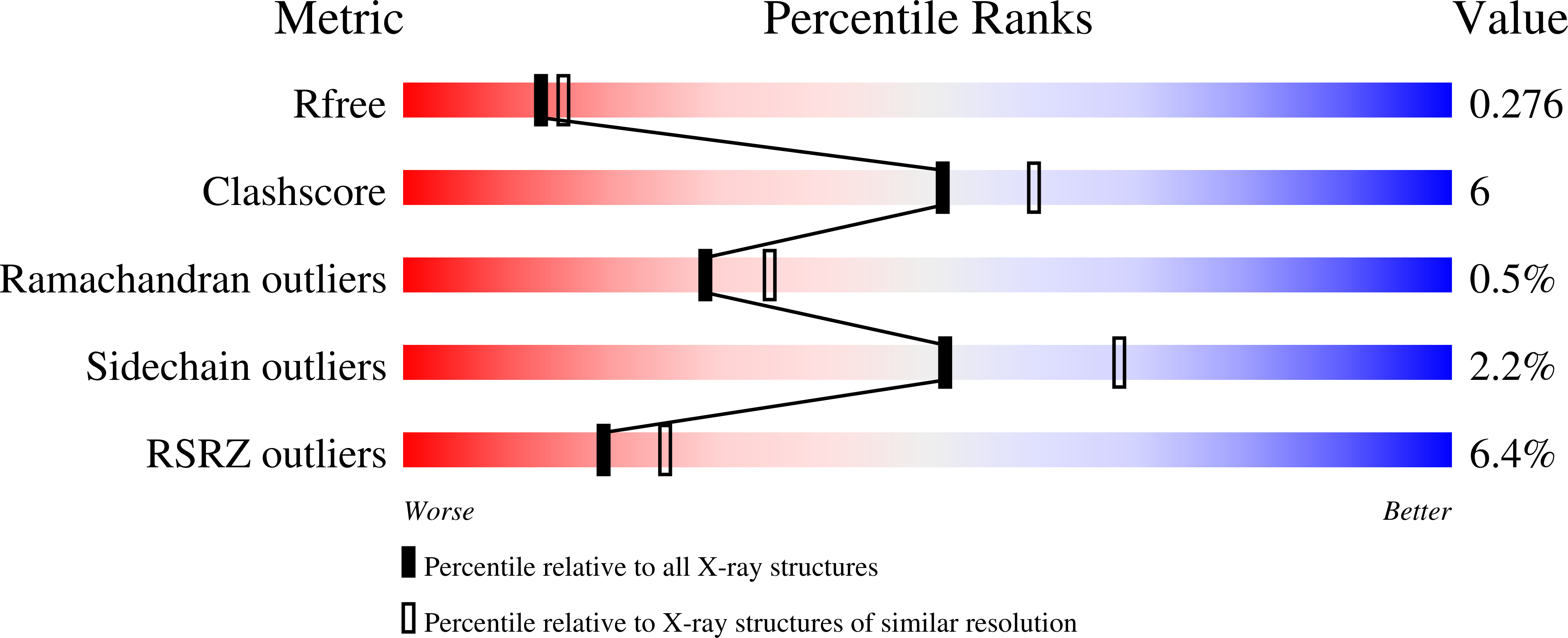
Deposition Date
2014-08-11
Release Date
2015-09-02
Last Version Date
2024-05-01
Entry Detail
PDB ID:
4UWB
Keywords:
Title:
Fibroblast growth factor receptor 1 kinase in complex with JK-P5
Biological Source:
Source Organism:
HOMO SAPIENS (Taxon ID: 9606)
Host Organism:
Method Details:
Experimental Method:
Resolution:
2.31 Å
R-Value Free:
0.27
R-Value Work:
0.22
R-Value Observed:
0.23
Space Group:
C 1 2 1


